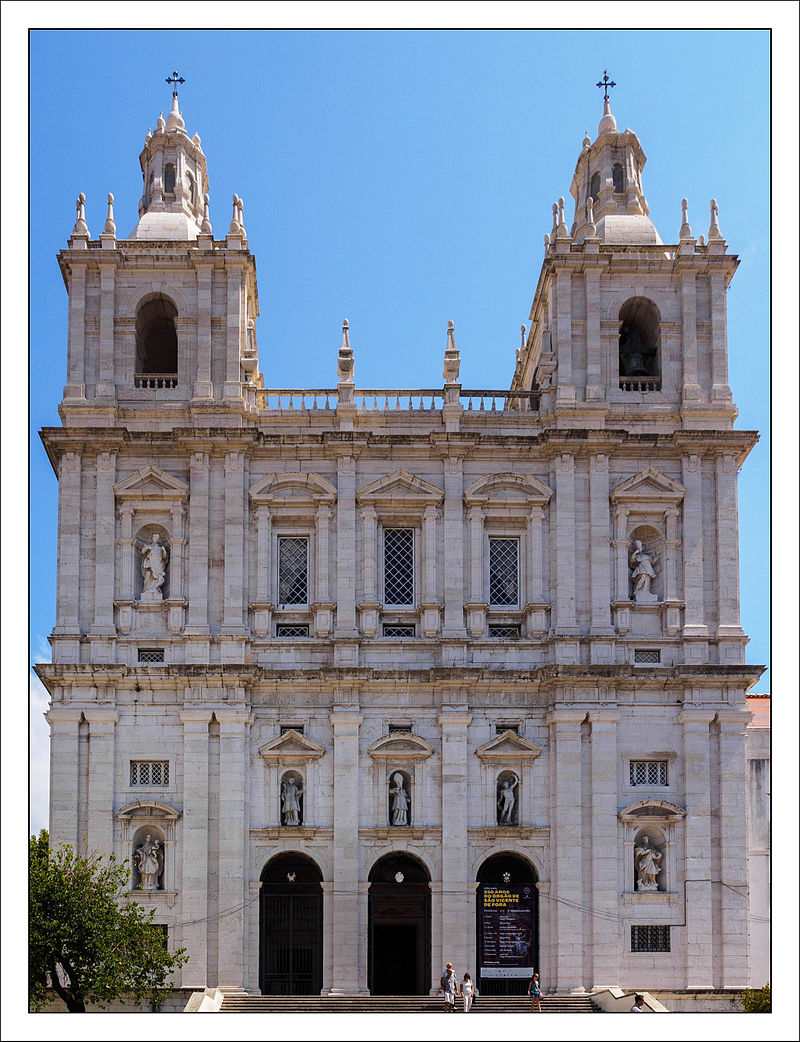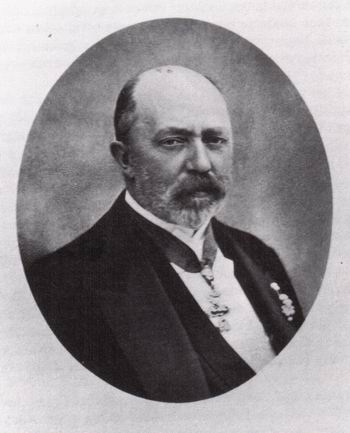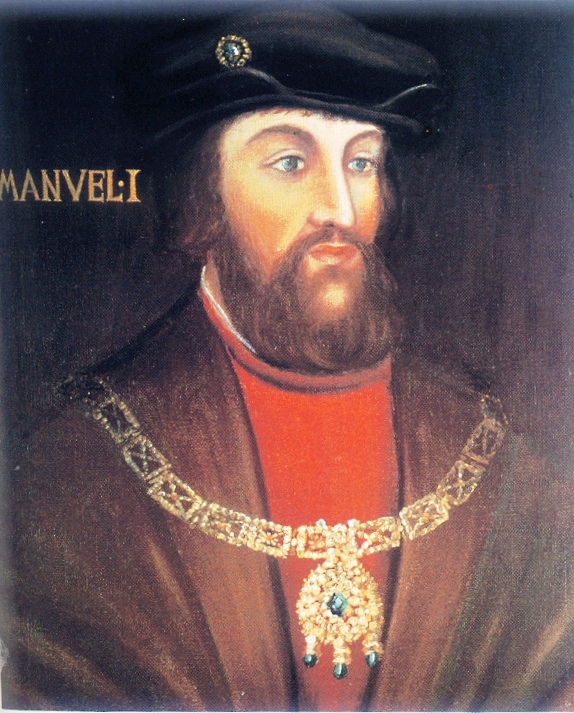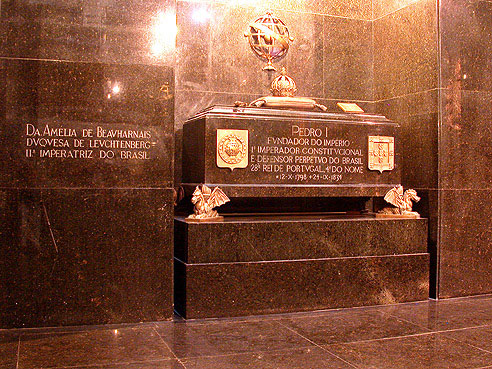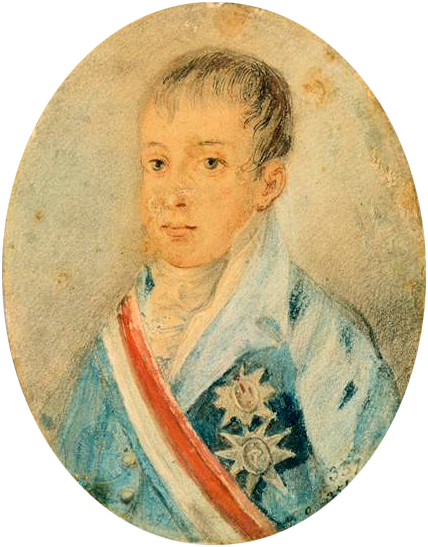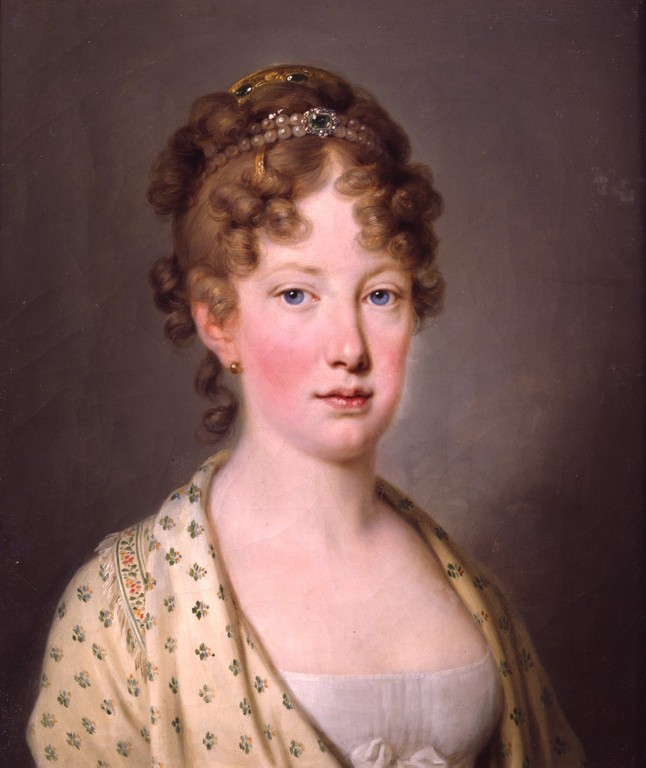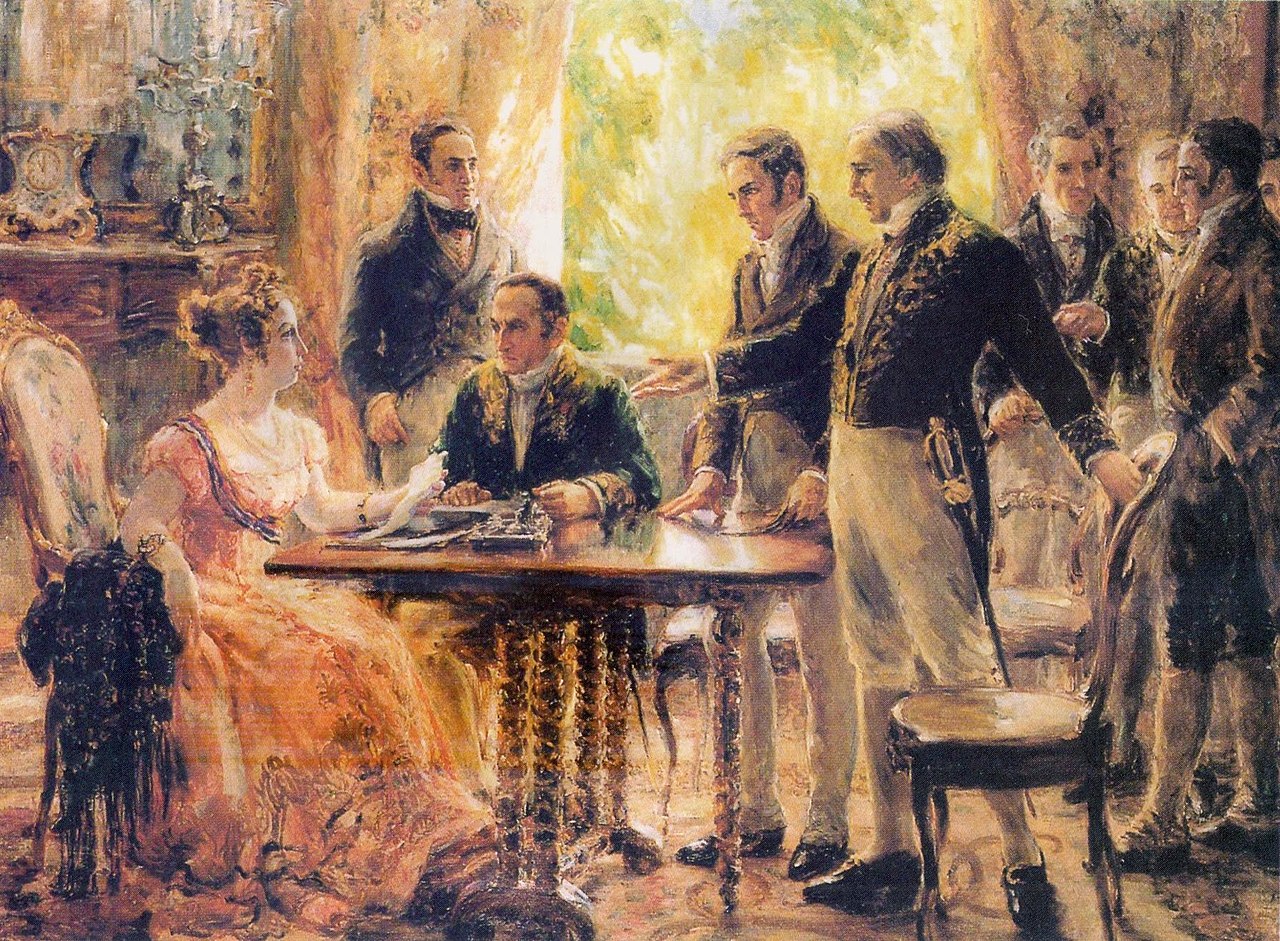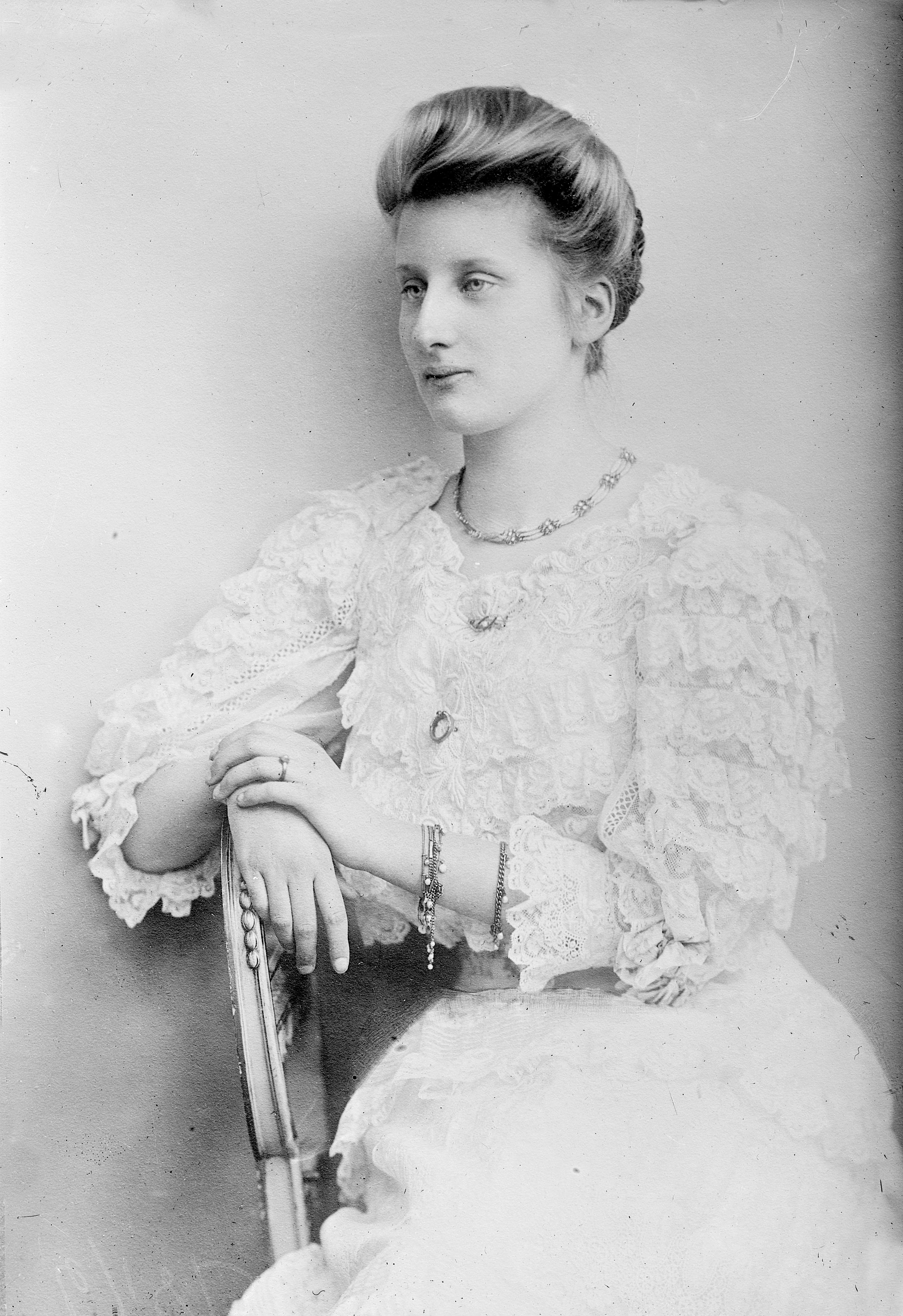by Susan Flantzer
© Unofficial Royalty 2022

João IV, King of Portugal; Credit – Wikipedia
João IV was the first King of Portugal from the Portuguese House of Braganza. The Braganzas came to power in Portugal after deposing the Spanish Habsburg Philippine dynasty, which had reigned in Portugal since 1580, in a rebellion, resulting in João, 8th Duke of Braganza becoming King João IV of Portugal, in 1640. João IV was the father of Catherine of Braganza, the wife of Charles II, King of England and King of Scots.
João IV, King of Portugal was born on March 19, 1604, at the Ducal Palace of Vila Viçosa in Vila Viçosa, Évora, Portugal, which had been the seat of the House of Braganza for centuries. He was the eldest of the four children and the eldest of the three sons of Teodósio II, 7th Duke of Braganza and the Spanish noblewoman Ana de Velasco y Téllez-Girón. João’s mother died, aged 22, on November 7, 1607, after a long illness, when he was only three years old. Her death was deeply felt by her husband who did not marry again.
João had three younger siblings:
- Duarte of Braganza, Lord of Vila do Conde (1605 – 1644), unmarried
- Catarina of Braganza (1606 – 1610), died in childhood
- Alexandre of Braganza (1607 – 1637), unmarried
In 1580, twenty-four years before João’s birth, the throne of Portugal was taken by the Spanish Habsburgs. In 1578, King Sebastian of Portugal from the House of Aviz was killed in battle without heirs, causing a succession crisis. He was succeeded by his elderly great-uncle Henrique, a Cardinal of the Roman Catholic Church, and had no descendants because he had taken a vow of chastity as a priest. When Cardinal-King Enrique died two years later, three grandchildren of Manuel I, King of Portugal (1469 – 1521) claimed the Portuguese throne: King Felipe II of Spain (the son of Manuel I’s daughter Isabella of Portugal, Holy Roman Empress), António, Prior of Crato (the son of Manuel I’s son Luis, Duke of Beja), and João’s grandmother Catarina, Duchess of Braganza (the daughter of Manuel I’s son Duarte, Duke of Guimarães). Ultimately, the grandchild who was successful in his claim was Felipe II, King of Spain. The Iberian Union was the union of the Kingdom of Spain and the Kingdom of Portugal that existed between 1580 and 1640, under the Spanish Habsburg kings Felipe II, Felipe III, and Felipe IV who reigned as Filipe I, Filipe II, and Filipe III of Portugal.

João IV’s wife Luisa de Guzmán; Credit – Wikipedia
In 1630, when his father died, Teodósio II, 7th Duke of Braganza, João became the 8th Duke of Braganza. On January 12, 1633, João married Luisa de Guzmán, from the Spanish Ducal House of Medina Sidónia. Luisa was the daughter of Juan Manuel Pérez de Guzmán, 8th Duke of Medina Sidonia, whose father had been the commander-in-chief of the Spanish Armada, and Juana Lorenza Gomez de Sandoval y de la Cerda, whose father was a favorite of Felipe III, King of Spain, also Filipe II, King of Portugal.
João IV and Luisa de Guzmán had seven children:
- Teodósio, Prince of Brazil, Duke of Braganza (1634 – 1653), died at age 19 due to tuberculosis
- Ana of Braganza (born and died 1635), died at birth
- Joana of Braganza, Princess of Beira (1635 – 1653), died in her teens
- Catherine of Braganza, Queen of England, Queen of Scots (1638 – 1705), married Charles II, King of England, King of Scots, no children, had at least three miscarriages
- Manuel of Portugal (born and died 1640), died at birth
- Afonso VI, King of Portugal (1643 – 1683), married Maria Francisca of Savoy. Afonso was physically and mentally challenged. In 1668, his brother Pedro had Afonso declared incapacitated. Pedro became Regent of Portugal, annulled Afonso’s marriage, and married Afonso’s former wife Maria Francisca of Savoy. Afonso spent the rest of his reign basically as a prisoner.
- Pedro II, King of Portugal (1648 – 1706), married (1) Maria Francisca of Savoy, had one daughter (2) married Maria Sophia of Neuburg, had eight children

Filipe III, King of Portugal (1621 – 1640) also Felipe IV, King of Spain (1621 – 1665); Credit – Wikipedia
During the reign (1621 – 1640) of Filipe III, King of Portugal (also Felipe IV, King of Spain from 1621 – 1665), a different approach toward Portugal began. Taxes on Portuguese merchants were increased. Portuguese nobles began to lose their influence as government posts in Portugal were increasingly given to Spaniards. Finally, Filipe III tried to make Portugal a Spanish province and if that happened, Portuguese nobles stood to lose all their power.

The Acclamation of King João IV of Portugal in 1640. Detail from an 1823 mural by José da Cunha Taborda, Ajuda National Palace, Lisbon, Portugal; Credit – Wikipedia
This situation eventually caused a rebellion organized by the Forty Conspirators, a Portuguese nationalist group composed of forty men of the Portuguese nobility. Their goal was to depose the House of Habsburg from the throne of Portugal. On December 1, 1640, taking advantage that Spain was fighting in the Thirty Years’ War and dealing with a revolution in the Catalonia region, the Forty Conspirators’ plot unfolded. Secretary of State Miguel de Vasconcelos was killed. Filipe III’s cousin Margaret of Savoy, the Habsburg Vicereine of Portugal who ruled in Filipe III’s place, was arrested. Within a few hours and with popular support and the support of his Spanish-born wife Luisa de Guzmán who said, “Rather Queen for a day than Duchess all my life,” João was proclaimed João IV, King of Portugal, claiming legitimate succession through his grandmother Catarina, Duchess of Braganza. João IV’s accession to the throne of Portugal caused the Portuguese Restoration War (1640 – 1648), periodic skirmishes between Portugal and Spain that lasted into the reign of João IV’s son and ended with Spain’s official recognition of the independence of Portugal in 1648.
During João IV’s reign, he made several alliances including important alliances with England and France. Although some colonial possessions were lost during his reign, João IV’s forces managed to retake Luanda in Portuguese Angola in Africa from the Dutch and recovered northern Colonial Brazil, which the Dutch had occupied. In 1549, João IV restructured the fifteen private and autonomous Captaincy Colonies of Brazil, which had been a colony of Portugal since 1500, into the Governorate General of Brazil in the city of Sao Salvador, which became the capital of a single and centralized Portuguese colony in South America. Brazil would remain a colony of Portugal until its independence in 1825.

Allegory of the Acclamation of Our Lady of the Immaculate Conception as Patroness of Portugal; Credit – Wikipedia
In 1646, João IV placed the crown of Portugal on the head of the statue of Our Lady of the Immaculate Conception in the church at the Ducal Palace of Vila Viçosa in Vila Viçosa, Évora, Portugal, the seat of the House of Braganza. João IV proclaimed the Virgin Mary to be the queen, the patron saint, and the protector of Portugal. After this, no Portuguese monarch would ever wear the crown. Instead, the crown was always placed on a cushion next to the monarch.

Tomb of João IV, King of Portugal; Credit – www.findagrave.com
João IV, King of Portugal died on November 6, 1656, aged 52, at Ribeira Palace in Lisbon, Portugal. He had suffered from gout and its side effects since 1648. He was interred in the Royal Pantheon of the House of Braganza, the burial site for members of the House of Braganza, at the Monastery of São Vicente de Fora in Lisbon, Portugal.
This article is the intellectual property of Unofficial Royalty and is NOT TO BE COPIED, EDITED, OR POSTED IN ANY FORM ON ANOTHER WEBSITE under any circumstances. It is permissible to use a link that directs to Unofficial Royalty.
Works Cited
- En.wikipedia.org. 2022. John IV of Portugal – Wikipedia. [online] Available at: <https://en.wikipedia.org/wiki/John_IV_of_Portugal> [Accessed 22 May 2022].
- En.wikipedia.org. 2022. Luisa de Guzmán – Wikipedia. [online] Available at: <https://en.wikipedia.org/wiki/Luisa_de_Guzm%C3%A1n> [Accessed 22 May 2022].
- Louda, Jiri and Maclagan, Michael, 2002. Lines of Succession. London: Little, Brown.
- Pt.wikipedia.org. 2022. Ana de Velasco e Girón – Wikipédia, a enciclopédia livre. [online] Available at: <https://pt.wikipedia.org/wiki/Ana_de_Velasco_e_Gir%C3%B3n> [Accessed 22 May 2022].
- Pt.wikipedia.org. 2022. João IV de Portugal – Wikipédia, a enciclopédia livre. [online] Available at: <https://pt.wikipedia.org/wiki/Jo%C3%A3o_IV_de_Portugal> [Accessed 22 May 2022].
- Pt.wikipedia.org. 2022. Luísa de Gusmão – Wikipédia, a enciclopédia livre. [online] Available at: <https://pt.wikipedia.org/wiki/Lu%C3%ADsa_de_Gusm%C3%A3o> [Accessed 22 May 2022].
- Pt.wikipedia.org. 2022. Teodósio II, Duque de Bragança – Wikipédia, a enciclopédia livre. [online] Available at: <https://pt.wikipedia.org/wiki/Teod%C3%B3sio_II,_Duque_de_Bragan%C3%A7a> [Accessed 22 May 2022].


